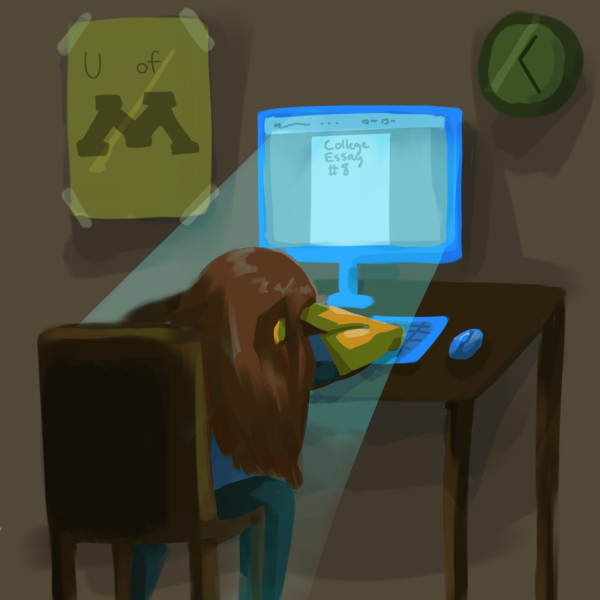Fighting the Pandemic with Science: A Breakdown of How the COVID-19 mRNA Vaccine Works
April 30, 2021
If the average student at MHS is anything like editors at Breezes, they vaguely know how the mRNA vaccine actually works. The mRNA is injected into the patient’s arm and then, somehow, it sends instructions to the body to fight off the COVID-19 virus. If this is also the reader’s basic understanding of how the mRNA vaccine works, then this article will allow them to understand how it works at a deeper level.
How the vaccine actually works is less complicated than one might think it is. As the New York Times describes it, after the mRNA is injected into the body, it gets absorbed into the cells. The mRNA pieces are transcribed into spike proteins before being degraded. The spike proteins then attach to the outside of the cell and, once the cell dies, get absorbed by an immune cell known as an antigen-presenting cell.
The antigen-presenting cell then activates a response towards the spike proteins in other immune cells known as helper T cells. These helper T cells go on to activate B cells, which create antibodies that specifically attach to cells with the spike proteins. These antibodies are then identified by activated killer T cells that destroy the virus.
mRNA vaccines can be really helpful, especially in emergency situations.
As Sanjay Mishra, an expert in vaccine development, said, “Traditional vaccine development, although well studied, is very time-consuming and cannot respond instantaneously against novel pandemics such as COVID-19. For example, for seasonal flu, it takes roughly six months from identification of the circulating influenza virus strain to produce a vaccine.”
Compared to traditional vaccines, mRNA vaccines take a much shorter time to develop, which means it’s easier to create more vaccines in a short period of time. This also means that vaccines will be able to more effectively target recent mutations in the virus. Additionally, mRNA vaccines differ from traditional vaccines in that they are derived from the essential parts of viral DNA without actually causing any infections. Traditional vaccines, on the other hand, often use either inactivated, dead, or fragments of actual viruses.
If mRNA vaccines are so effective, then, why do they need to be injected more than once? The reason that mRNA vaccines such as the Pfizer-BioNTech and Moderna vaccines need to be injected twice is because the immune system needs a primer for the response and then a second reinforcing shot to make sure that the immune system will work the way it should work.
In simpler terms, think of it like drinking a really big milkshake. One might think that they’ll be able to drink all of the milkshake, but, halfway through, they may not feel like they can finish it. Once that person calls another friend (aka the second shot in this situation) to drink the milkshake to help them, they will be able to more effectively finish it. Of course, this explanation is very simplified; however, it gets the basic idea of the second shot across.
Pfizer has also announced that their mRNA vaccine may need to be reinforced on a yearly basis. Of course, it isn’t entirely confirmed if this will actually become a necessity or not, but, if it does, it would be no different than getting an annual flu shot.
There are a couple of reasons why a yearly shot would be beneficial. The first and most important reason would be that peoples’ immune systems may simply forget how to fight off COVID-19. Sometimes memory T cells and memory B cells can retain information on identifying necessary spike proteins for decades, but sometimes they do not. In this case, people would need a booster shot to help their immune system remember how to fight off the virus. Additionally, in the case of any mutations in the COVID-19 virus, an updated shot would also be useful in helping fight off the mutations.





























